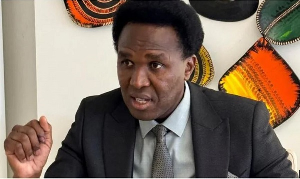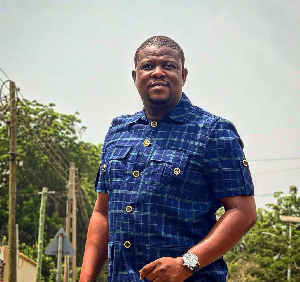Children, they say, are the future of every nation, and if this axiom is in dispute, then governments, particularly those in sub-Saharan Africa, including Ghana, must begin to question themselves about whether they are taking care of their children enough.
If these children fare well and become responsible adults, they will harness their knowledge and skills for their own good and the good of their families, communities, and the country at large.
The contributions of some of them, as is the case with some adults today, would save governments some burdens.
For instance, in Ghana, some of them would take care of their poor family members and save the government the payment of Livelihood Empowerment Against Poverty (LEAP) allowances to these family members.
The Ghanaian Times is raising this issue today because of a feature story it published yesterday, which talks about children suffering and some dying from kidney diseases.
The story, on page 14, under the headline ‘Dying Young: Tragic Realities of Child Kidney Patients in Ghana’, illustrates some of the sufferings of these child kidney patients and the harrowing experiences of their parents.
It is a must-read that can help save even some adults suffering from kidney diseases if readers take it seriously and come together to prevail on the government to provide the needed assistance in caring for kidney disease patients in the country, especially the poor.
The Ghanaian Times is aware that there are other equally distressing conditions being suffered by children, such as hole-in-heart.
However, it has chosen to call attention to kidney diseases as a point of reference to prompt the government to take a serious view of the good health of all children in the country by providing the necessary facilities and financial support.
According to the article in reference, a nine-year-old Pona Tagan, born in the village of Nadundo, a farming community in the Mion District of the Northern Region, sadly succumbed to kidney disease in May 2023.
And doctors say her death could have been avoided, or at least she would have lived a little longer if there had been dialysis machines specifically for children to aid her treatment.
This brings up issues about the availability of facilities and support for child medical care.
Is it not devastating to hear that many children like Pona have perished due to the lack of dialysis machines specifically for children?
What a danger when the article states that, “Even for children over five, the few available machines in certain regions (of Ghana) are intended for adults, yet they are used for children, increasing the risk of death”?
It is even more troubling to learn that the appropriate tubes for dialysing children are not available, so adult-sized tubes are used instead, making the already painful and strenuous procedure even more difficult and complicated for children.
It is explained that this leaves them frail, tired, weak, and struggling to breathe after each dialysis.
However, the problem is not yet over, as the cost of treatment is a huge burden for most parents because each dialysis session starts at about GH¢700.00.
According to the experts, efficient dialysis means three sessions per week, which amounts to GH¢2,100.00 for one person per week and totals GH¢8,400.00 in a month.
This is not a poor man’s disease, so the government must heed calls to include its treatment in the National Health Insurance Scheme (NHIS).
Also, the government must do well to provide child-specific dialysis facilities to help treat children suffering from kidney diseases.
Then, the powers that be should check the causes of kidney diseases in the country, particularly the use of mercury in mining, which is increasing kidney disease cases in mining communities in the country.
Click to view details



Editorial News of Wednesday, 17 July 2024
Source: ghanaiantimes.com.gh

















